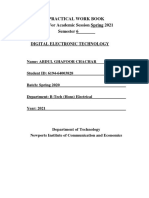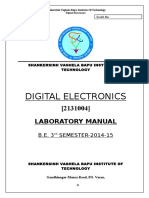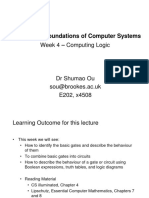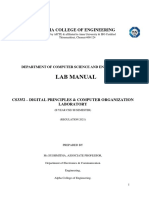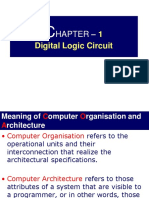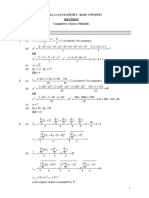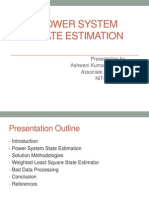0% found this document useful (0 votes)
36 views56 pagesDF Lab File
This document appears to be a laboratory manual for a digital fundamentals course. It contains information about Logisim simulation software and summaries of experiments on logic gates, including:
- Experiments on basic logic gates like AND, OR, NOT.
- Experiments showing NAND and NOR gates can be used as universal gates.
- Experiments on half adders and full adders, including truth tables, boolean expressions, and Logisim circuits.
The document provides details of each experiment like aim, theory, gate symbols, expressions, truth tables, and sample Logisim circuits. It is a guide for students to learn about and simulate various digital logic circuits using Logisim.
Uploaded by
brij.200410107126Copyright
© © All Rights Reserved
We take content rights seriously. If you suspect this is your content, claim it here.
Available Formats
Download as PDF, TXT or read online on Scribd
0% found this document useful (0 votes)
36 views56 pagesDF Lab File
This document appears to be a laboratory manual for a digital fundamentals course. It contains information about Logisim simulation software and summaries of experiments on logic gates, including:
- Experiments on basic logic gates like AND, OR, NOT.
- Experiments showing NAND and NOR gates can be used as universal gates.
- Experiments on half adders and full adders, including truth tables, boolean expressions, and Logisim circuits.
The document provides details of each experiment like aim, theory, gate symbols, expressions, truth tables, and sample Logisim circuits. It is a guide for students to learn about and simulate various digital logic circuits using Logisim.
Uploaded by
brij.200410107126Copyright
© © All Rights Reserved
We take content rights seriously. If you suspect this is your content, claim it here.
Available Formats
Download as PDF, TXT or read online on Scribd
/ 56




